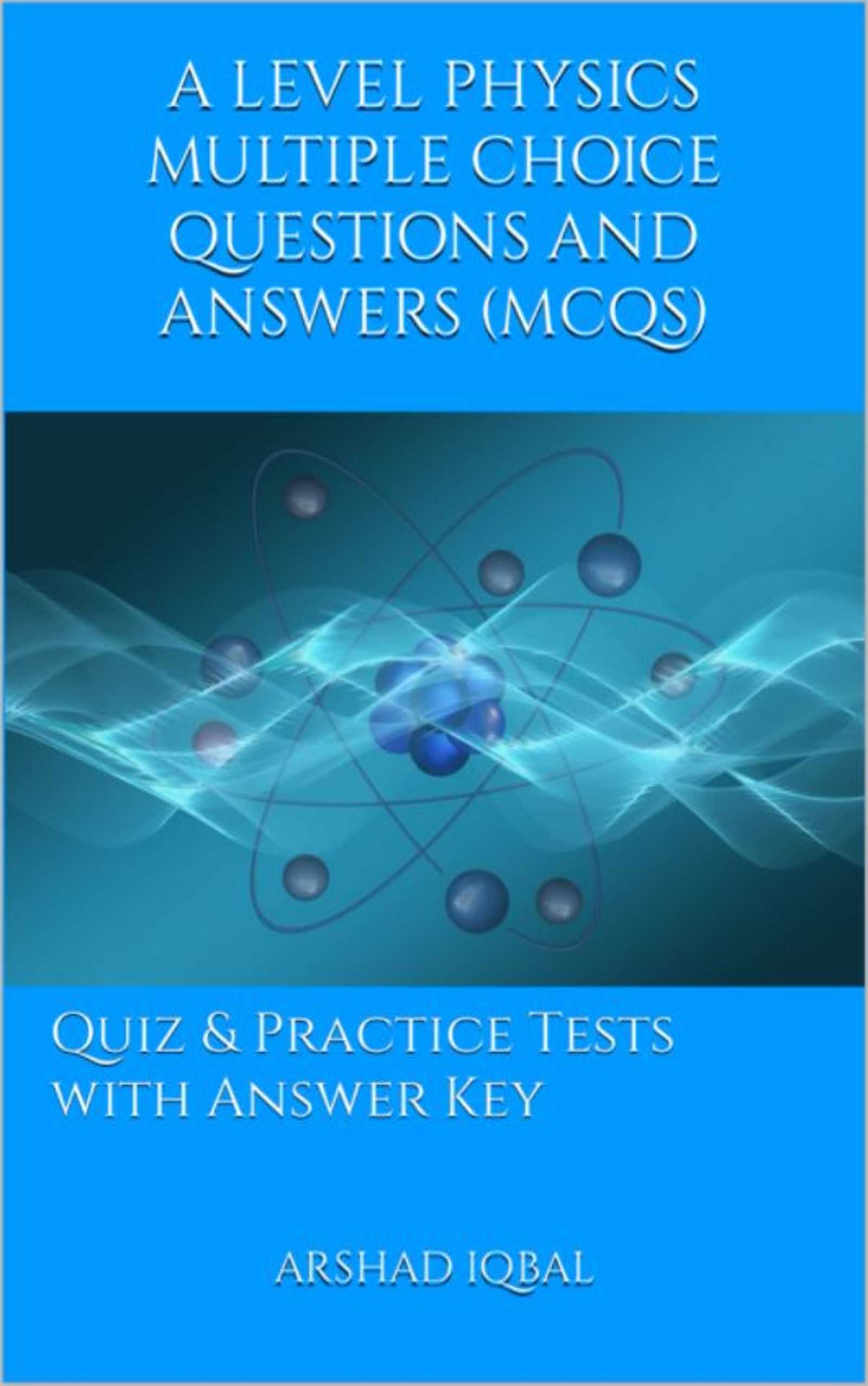IGCSE A Level Physics MCQs - Chapter 19
Mechanics and Properties of Matter MCQ (Multiple Choice Questions) PDF - 2
Free Mechanics and Properties of Matter Multiple Choice Questions (MCQ Quiz) with Answers PDF Download (Mechanics and Properties of Matter MCQ PDF Book), test 2 to learn online IGCSE A Level Physics Course. Solve Dynamics Multiple Choice Questions (MCQs), Mechanics and Properties of Matter quiz answers PDF to prepare for job interview. Free educational app: Mechanics and Properties of Matter MCQ App Download & e-Book for dynamics, mechanics of fluids, young modulus, simple harmonic motion gravitation career test for two year degree programs.
The MCQ: Einstein's mass-energy relationship states that if the mass decreases by Δm, the energy released ΔE is given by; "Mechanics and Properties of Matter" App Download Android & iOS (Free) with answers δe = δm × c², where "c" denotes the speed of light., δe = δm × c, where "c" denotes the speed of light., δe = δm ⁄ c, where "c" denotes the speed of light. and δe = δm ⁄ c², where "c" denotes the speed of light. to study IGCSE certificate courses. Practice dynamics quiz questions, download Apple Book (Free Sample) for online college for teaching degree.
Mechanics and Properties of Matter Questions & Answers PDF Download: MCQ Quiz 2
MCQ 6: Einstein's mass-energy relationship states that if the mass decreases by Δm, the energy released ΔE is given by
MCQ 7: Bernoulli's principle states that, for streamline motion of an incompressible non-viscous fluid:
MCQ 8: While Young's modulus ‘E’ relates to change in length and bulk modulus ‘K’ relates to change in volume, modulus of rigidity ‘G’ relates to change in:
MCQ 9: Young's modulus is defined as
MCQ 10: Velocity of escape is equal to
IGCSE A Level Physics Mock Tests
Mechanics and Properties of Matter Learning App & Free Study Apps
Download Mechanics and Properties of Matter MCQ App to learn Mechanics and Properties of Matter MCQs, A Level Physics Learning App, and SAT Physics MCQs Apps. Free "Mechanics and Properties of Matter" App to download Android & iOS Apps includes complete analytics with interactive assessments. Download App Store & Play Store learning Apps & enjoy 100% functionality with subscriptions!
